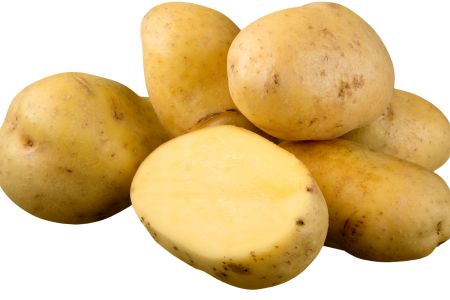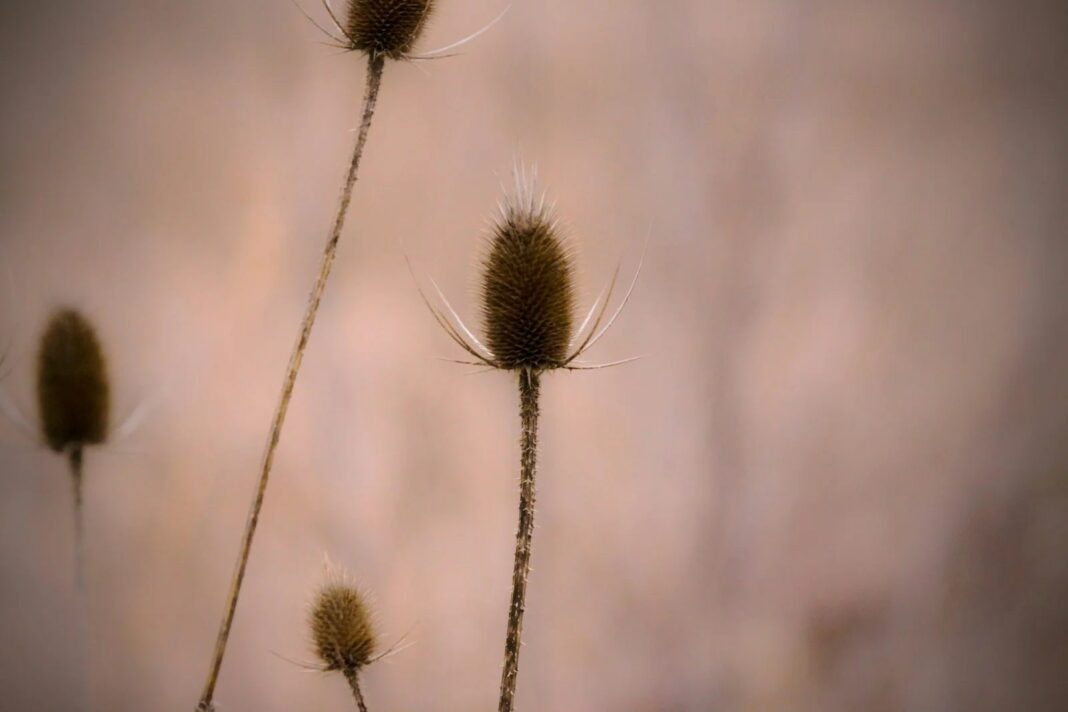By Dr Renita D’Souza
Introduction
Potato (Solanum tuberosum) is a well-known food crop cultivated worldwide. Commonly known as White potato or Irish potato. Potato being stable food, it also possesses medicinal values. Fruits are not suitable for consumption as it contains the toxic alkaloid solanine. Potatoes are rich source of starch and this potato starch forms an adulterant of fine flours and starches. Potatoes also form an important source of alcohol. Read – Dioscorea bulbifera – Air Potato Uses, Research, Side Effects
Botanical Name – Solanum tuberosumFamily – SolanaceaeSynonyms – Solanum andigenum, Battata tuberosa, Lycopersicon tuberosum (L. Mill.), Parmentiera edulis
Medicinal Qualities
Taste (Rasa) – Madhura (Sweet)Quality (Guna) – Guru (heavy to digest), Ruksha (dry)Potency (Virya) – Shitha (cold)Action (Karma) –Vishtambhi – causes bloatingSrishta Mutra Mala – helps in formation and expulsion of urine and stools.Durjara – Difficult to digestRaktapittanut – useful in rakthapitta (bleeding disorders)Balya – promotes strengthVrishya – Aphrodisiac
Effect on TridoshasKaph-anila kara – Increases kapha and vata dosha
Part Used
Tuber, LeavesRead – Tomato Uses, Remedies, Qualities, Research
Botanical Description
Solanum tuberosum is a perennial bushy herb that grows up to 60 cm in height. Leaves are pinnate with a single terminal leaflet, leaflets usually 5-9, large, ovate with smaller leaflets in between. Flowers white, pink, red, blue or purple with yellow stamens. Fruits are spherical to ovoid berry, 2-4 cm in diameter, green colour, each containing 300 seeds. Rhizomes originate from basal stem nodes below the ground with up to 3 rhizome per node.
Distribution
Solanum tuberosum is a native of America and was brought into India by the Portuguese. It is cultivated around the world. It is best grown in cool climates.
‘Potato Meal’
Mueller (L. Klin. Woch) recommends potato meal to infants.
PreparationPotatoes are well washed, cleaned and sliced.These slices are then dries at a low temperature not exceeding 400C.Slices which contain hulls are powdered, roasted slightly at 500 to 550C temperature.At this temperature conversion of starch into dextrin takes place.
This powder contains natural constituents such as minerals, albuminoids and vitamins.Reference – Indian Materia Medica, Vol 1 By A.K NadkarniRead – East Indian ArrowRoot: Uses, Medicines, Research, Side Effects
Nutritional Values
Solanum tuberosum is composed of starch and rich in mineral such as potassium, calcium, iron, magnesium, phosphorus, sulphur and copper. Vitamins present in potato are beta-carotene, vitamin A, C, B1, B2, B6, and folic acid.
Remedies
Poultice prepared from potatoes boiled in water is used to boiling potatoes in water is used in rheumatic joints, swellings, skin rashes and haemorrhoids.
Paste of uncooked potatoe is applied in burns and scalds as a soothing plaster.
Potato skin is used in burns and swollen gums.
In Constipation, boiled / steamed potato consumption will help in formation of soft stools and its easy expulsion. If consumed in excess it may cause flatulence.
Raw potato juice is used to treat gastric and intestinal ulcers.
Potato slices are kept over eyes to treat dark circles.
In chronic cough, leaf extract is used. It acts as antispasmodic.Read – Peanut Qualities, Benefits, Research
Pharmacological Activities
Solanum tuberosum possess Antioxidant, Anticancer, Antiallergy, Antibacterial, Anti-Inflammatory, Anti-Obesity and Anti-Ulcer Activity
Medicinal uses
Anaemia – Potatoes are rich iron and folic acid; hence it can be beneficial in Anaemia.Burns, Rashes – Due to its soothing property, potatoes applied externally can be beneficial in skin irritations.Gastritis, Colitis, Intestinal ulcers – It possess anti-ulcer and healing properties.Read – Turmeric Curcuma longa Benefits, Usage, Dose, Side Effects
Chemical Constituents
Solanum tuberosum possess phytochemicals such as phenolic acids, flavonoids, phytates, folates, anthocyanins and carotenoids.
Controversy
Aaluka and its varieties mentioned in Bhavaprakasha Nighantu, is considered to be that of Dioscorea species.
Varieties
According to Bhavamishra, there are 6 varieties of Aaluka1. Kaashtaaluka – Tubers are hard. In Hindi it is known as Kataalu2. Shankhaaluka – white in color. Known as Shankaalu in Hindi3. Hasthyaaluka – Large in size4. Pindaaluka – Globular in shape. Commonly known as Suthani or Pindaalu.5. Madvaaluka – It is sweet in taste and outter surface is hairy. It is known as Deerg suthani in Hindi6. Raktaaluka – It is red in color. Commonly it is known as rakthaalu, rathaalu / rathanda.Read – Surana Elephant Foot Yam Uses, Research, Medicines, Side Effects
Sanskrit Versus
References for Aluka in Ayurveda Briyattrayis
Acharya Charaka mentioned potato as most unwholesome among the tubers. (C.S Su 25/39).Aaluka (Potato) is mentioned one among the shaaka varga (Vegetable) – (C.S. Su 27/98)Acharya Sushrutha and Vagbhata have also mentioned this plant in S.S Su 46/298 and A .H Su 6/93 respectively.
Classical Categorization
Bhavaprakasha Nighantu – Shaaka varga
Scientific Classification
Kingdom – PlantaeSubkingdom – ViridaeplantaeDivision – TracheophytaSubdivision – SpermatophytinaClass – MagnoliopsidaOrder – SolanalesFamily – SolanaceaeGenus – SolanumSpecies – S. tuberosum
Vernacular Names
English Name – PotatoSanskrit Name – GolakandahHindi Name – AluGujrati Name – PapetaBengali Name – GolaluMarathi Name – BatataMalayalam Name – UrulakkilanKannada Name – Batate, AlugaddeKonkani Name – BotateTamil Name – Urulaikkizhangu, Urala-kalanguTelugu Name – Bangaaladumpa, UrlagaddaFrench Name – pomme de terrePortuguese Name – BatataSpanish Name – PapaGermany Name – Kartappe
Sanskrit Synonyms
Aaruka, Aarooka, Veerasena, Veera, Veeraaruka, Aaluka
Click to Consult Dr Renita D’Souza


